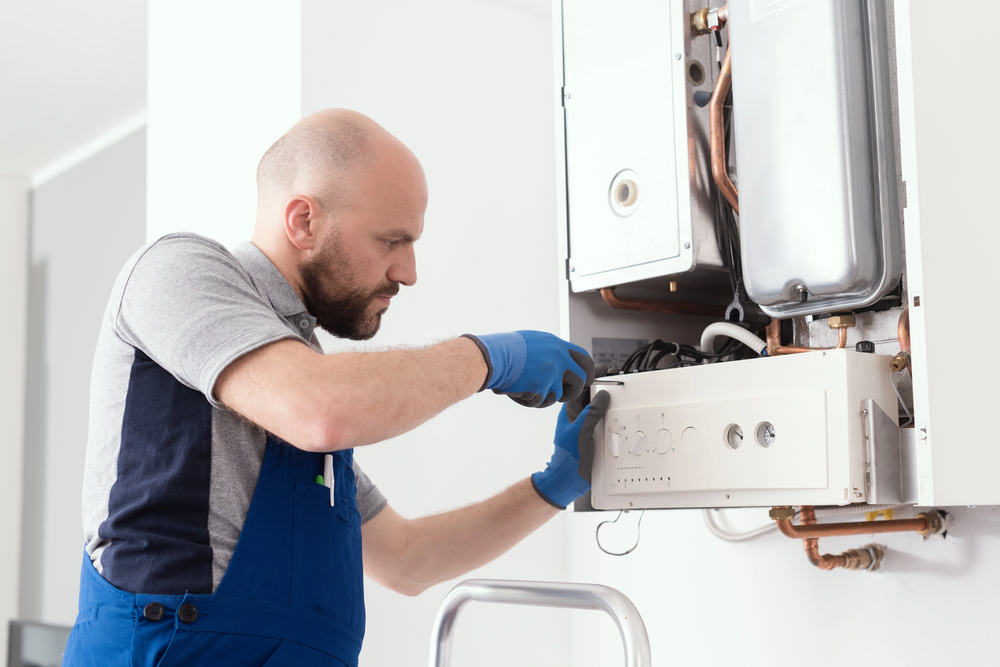What to Do Before Turning on the Heater This Winter
Before winter hits, make sure your heater is safe and ready. Here’s what every homeowner should know—and when to call a heating expert.

When temperatures start to drop, there’s nothing more comforting than a warm home. But before flicking that switch and expecting your heater to roar to life, it’s important to take a few steps to make sure it’s operating safely and efficiently.
This guide walks you through everything homeowners need to know about heater maintenance for winter, helping you avoid cold-night surprises, costly breakdowns, or safety risks.
And while some checks are simple, others are best handled by a qualified heating and cooling specialist—many of whom you can find quickly and easily on ServiceSeeking.com.au.
1. Replace or Clean Your Air Filter
Your heater’s air filter works hard to trap dust, dirt, and allergens. If it’s clogged, the entire system can strain, becoming less efficient and potentially more expensive to run.
Tip: Replace your air filter every 1–3 months during winter. If anyone in your home has allergies, or if you have pets, you may need to do it more often.
2. Book a Professional Inspection
Before running your heater for the season, have a licensed heating professional inspect the system. They’ll check all components—including igniters, electrical parts, filters, and vents—to ensure it’s running safely and effectively.
It’s a good time to ask questions and learn about the system, especially if you’ve just moved into a new property. A short visit could prevent major headaches later.
Need someone reliable? Find a heating and cooling expert on ServiceSeeking and book ahead before demand spikes.

3. Clear the Area Around the Unit
Make sure your heater has room to breathe—literally. Items like boxes, lawn chairs, tools or toys can block airflow or even become fire hazards. Keep at least a three-foot clearance around the unit.
4. Inspect Ducts and Vents
Over time, dust and debris can block air ducts, reducing heating performance. Damaged ductwork can also leak warm air, increasing energy costs. A professional can assess whether your system’s ducts need cleaning or repair.
5. Check the Thermostat
Test your thermostat to make sure it’s accurate. If it’s reading the wrong temperature, your heater may turn on too often—or not enough. Replacing the batteries and recalibrating settings is a simple fix, but if it’s outdated, upgrading to a programmable model can help reduce energy costs.
6. Test Smoke Alarms and Carbon Monoxide Detectors
Carbon monoxide is odourless, invisible, and dangerous—especially if your heating system malfunctions. Before winter begins:
- Replace batteries in all alarms.
- Test smoke and carbon monoxide detectors.
- Make sure they’re installed in the correct locations.
This is a key step for any household with gas or combustion-based heating.
7. Inspect the Fireplace
If you use a fireplace, have it checked for signs of wear and tear, especially:
- Burners
- Pilot light or igniter
- Fan belts
- Vents and filters
Even newer systems benefit from annual servicing. Early signs of trouble can be subtle—so it’s best to have a professional do the inspection.
 (Image source: Pexels)
(Image source: Pexels)
8. Check Air Intake and Exhaust Pathways
Leaves, dirt, cobwebs, and even small critters can block your system’s outdoor air intake and exhaust vents. Before winter, make sure they’re clear and functioning properly to avoid airflow issues or dangerous gas buildup.
9. Review System Manuals and Service History
If you've recently moved into your home, check the closing documents or kitchen drawers for any heating system manuals or records. Previous owners may have left maintenance paperwork, warranties or model numbers that come in handy for service calls.
Can’t find them? Many appliance manuals are available online by searching the make and model number.
10. Insulate to Reduce Heater Load
Insulation isn't just about comfort—it can reduce strain on your heater. Seal windows and doors, insulate the attic, and use heavy curtains to keep warmth in. Less strain on the heater means lower bills and fewer breakdowns.
 (Image source: Pexels)
(Image source: Pexels)
11. Run a Pre-Season Test
Give your heating system a test run before it gets truly cold. Turn it on and let it run for 10–15 minutes. Listen for strange noises, and check that warm air is flowing properly through all vents. If anything seems off—strange smells, noises, or inconsistent heat—it’s time to book a service.
12. Schedule Annual Heater Maintenance
Even if everything seems fine, an annual maintenance check is strongly recommended. Professional technicians can:
- Detect issues before they worsen
- Clean critical parts like burners and blowers
- Improve energy efficiency
- Extend your system’s lifespan
The sooner you book, the easier it is to avoid the winter rush. And when you hire through ServiceSeeking, you can compare quotes and reviews before locking in a trusted local expert.
Don’t Leave It Too Late
Heating systems tend to break down at the worst times—usually during a cold snap when the system is working its hardest. Preventative maintenance isn’t just about staying warm—it’s about keeping your family safe and your energy bills under control.
Before winter truly sets in, use this guide as your go-to checklist—and if you need a hand, book a heating and cooling expert through ServiceSeeking.com.au. It’s the smart way to get peace of mind before the chill bites.
